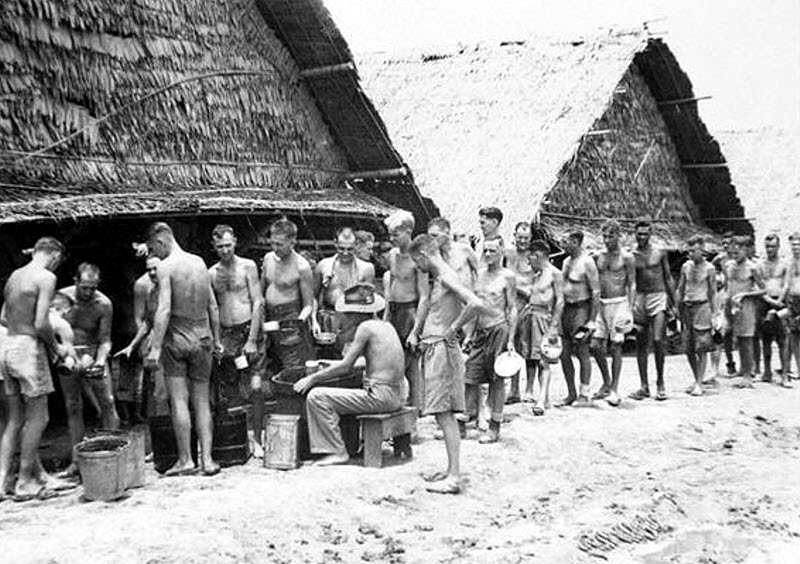
Arthur Stubbs was born on the 19th August 1920, and his birth was registered in the Warrington, Lancashire, district. Arthur was the son of James Stubbs and Ellen (nee Brownbill) who married in Spring 1915 and whose marriage was also registered at Warrington. The births of all of their other three children to be born between 1916 and 1923 were also registered at Warrington. However, it seems likely that the Stubbs family moved to Blackpool between 1923 and 1939.
In September 1939, James and Ellen (Helen) Stubbs were living at 103 Talbot Road, Blackpool. James was a flagger’s labourer aged 49 years and he and Ellen, aged 47 years, were living with their four children: James (junior born 1916), Elizabeth (1918) and Alfred (1923).
Arthur Stubbs, born 19th August 1920, was also in the household with margin words which read “Billeted at Home Not on schedule”. Consequently Arthur’s name was crossed out, but not redacted. In total, 31 individuals were living at the three-storey 103 Talbot Road property and Ellen’s occupation, although partly obscure, includes the word “Boarding” suggesting that the couple were running a boarding house.
It is clear that Arthur was serving in the Army by late September 1939 and he married Lily Hallas in the Blackpool area in late 1939. It seems likely that the couple were blessed with a child from their short marriage and a son, Allan Stubbs, was born in spring 1940. His birth was registered in Blackpool and his mother’s maiden name was Hallas. There is evidence that a family by the name of Hallas lived in Blackpool and it is possible that they were relatives of Lily. It seems less likely that Arthur Stubbs lived in Ossett.
After Arthur’s death during WW2, it is possible that the widowed Lily Stubbs married again. In summer 1946 a Lily Stubbs and James Oldroyd were married in the Spen Valley registration district, which at that time was the registration district for Ossett. This suggests that Lily may have returned to live in Ossett following her husband’s death as a P.O.W. in 1942. Her father, Arthur Hallas died in October 1943, then of 3, Brook Street, Ossett. The deaths of her husband and father in such a short period of time may have triggered Lily’s return to Ossett.
Lily Hallas was probably born in spring 1918 in the Dewsbury area. She was most likely the second child to Arthur Hallas and Maude B. Bradley who married in Bramley, Leeds in late 1915. Arthur Hallas was born in Ossett in 1884 and by 1911 he was working as a 27 year-old tailor, and living with his parents and two of his five siblings at 6, Brook Street, Ossett.
The U.K. Army Roll of Honour records that Gunner Stubbs’ place of residence was Blackpool and that on enlistment he joined the Royal Artillery and was allotted the service number 903393.
Gunner Arthur Stubbs, was taken a prisoner of war and imprisoned at Kuala Lumpur, Malaya. He died in Malaya on 17th February 1942, aged 21 years, and is buried at Grave 781 in Kuala Lumpur (Cheras Road) Civil Cemetery.

Above: Japanese Prisoner of War Camp in the Far East during WW2.
The 137 Field Regiment served as an army field regiment in the United Kingdom at the start of the war. It served as the School of Artillery field regiment in the autumn of 1940. It added 501st Battery formed at Larkhill on the 17th March 1941. The regiment arrived in Singapore on the 28th November 1941. It first stopped at Kajang, near Kuala Lumpur and arrived in the 11th Indian Divisional area on 12 December. It served with the division during the Malayan campaign. 137 Field Regiment was captured at Singapore on 15 February 1942. The title (2nd West Lancashire) was authorized two days later.
At the time of the Japanese invasion of Malaya, Kuala Lumpur was the headquarters of the 3rd Indian Corps. Early in 1941 part of the recently raised 8th Division of the Australian Infantry Force was assigned to Malaya, a territory of strategic importance to Australia. The headquarters divisional staff arrived on February 18th in advance of the main force, which numbered some 6,000 men, and the divisional headquarters and attached units were posted at Kuala Lumpur.
As the Japanese moved successfully down the peninsula a temporary prisoner-of-war camp was established at Pudu jail, to which United Kingdom and Commonwealth serviceman were taken before being sent to Changi Camp on Singapore island. Some of them died, of wounds or sickness, while in this camp and were buried in the Cheras Road Cemetery.
There are 156 Commonwealth burials of the 1939-1945 war here. In addition, there are over 600 non world war burials of servicemen and dependants here, five being the unidentified children of Gurkha soldiers.
References: